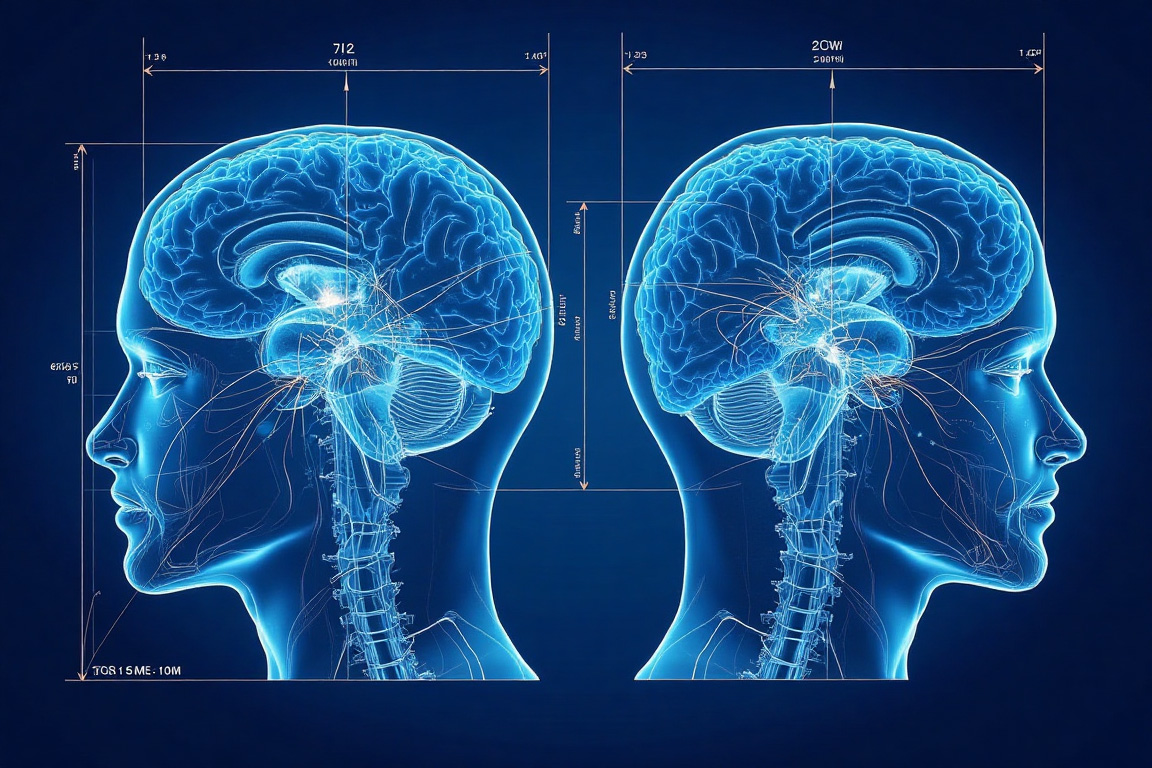Our Courses
Unlock the power of Artificial Intelligence with our expert-led courses. Whether you're a beginner or advancing your skills, our hands-on training prepares you for the future of intelligent technology.
Start here if you're new to AI.
Time to complete: about 1 hour.
Lesson 1: What is Generative AI?
Generative AI is a powerful technology that creates new content—like text, images, or music—by learning patterns from data and mimicking human-like creativity.
Lesson 2: A Brief History of AI
AI has a rich and fascinating history, evolving through decades of scientific discovery, technological innovation, and shifting expectations about machine intelligence.
Lesson 3: The Dartmouth Proposal
In 1956, the Dartmouth AI Project proposed that human intelli-gence could be simulated by machines, marking the birth of artificial intelligence as a formal academic discipline.
Lesson 4: Machine Learning
Machine learning is a method where computers learn from data to make predictions or decisions, improving their performance without being explicitly programmed.
Lesson 5: Neural Networks
Neural networks are computer systems inspired by the human brain, designed to recognise patterns and learn from data to make decisions or predictions without explicit programming.
Lesson 6: Large Language Models
Large language models are advanced AI systems trained on vast text data to understand, generate, and respond to human language with remarkable fluency, accuracy, and versatility.
Lesson 7: The Four Types of AI
While generative AI attracts the most attention, it is not the only - or, indeed, the most prevalent - form of AI. In this talk, we go through the uses of generative, predictive, assistive and agentic AI.
Extend your knowledge of AI with a series of talks on the key discoveries that shaped the technology.
Large Language Models (LLMs): A Survey
Large Language Models (LLMs) are neural networks trained on vast text corpora to understand and generate human language, enabling tasks like translation, summarisation, reasoning, and dialogue, though they risk errors and biases.
Transformers
Transformer models revolutionized AI by enabling efficient parallel processing, contextual understanding, and scalability, powering breakthroughs in language and vision tasks. This talk explains how such models were developed in an important paper, Attention Is All You Need.
Recurrent Neural Networks (RNN)
Recurrent Neural Networks (RNNs) process sequential data by maintaining memory of previous inputs, making them ideal for time-series and language tasks. This talk builds on a blog post by engineer Andrej Karpathy to explain why RNNs are so effective.
Retrieval Augmented Generation (RAG)
Retrieval-Augmented Generation (RAG) combines neural retrieval with sequence-to-sequence generation, enhancing factual accuracy, diversity, and interpretability in language tasks by integrating external knowledge without retraining the entire model.
Long Short-Term Memory Networks (LSTM)
Long Short-Term Memory (LSTM) networks improve RNNs by preserving long-term dependencies, reducing vanishing gradients, and enhancing sequence learning accuracy and stability. This talk builds on a blog post by engineer Cristopher Olah on how LSTMs work.
Alignment
AI alignment ensures artificial intelligence systems act according to human values and intentions, focusing on safety, reliability, and preventing unintended harmful behavior as AI capabilities advance rapidly. Is this helpful so far? Ask ChatGPT
Chain of Thought (CoT) and Monitoring
Chain of Thought (CoT) monitoring helps reveal AI reasoning and intent, offering safety insights, but risks fading as models evolve.. This talk explains how CoT can help us understand reasoning processes and why we may not be able to do it in future.
Use this powerful free app and image model to generate realistic and artistic images.
Lesson 1: Getting Started with ComfyUI & Stable Diffusion 3.5
ComfyUI and Stable Diffusion let you create images using AI. ComfyUI gives you a visual way to build workflows, while Stable Diffusion generates the actual pictures from text prompts. In this lesson, we show you how to install both of them and create your first image.
Download related files on the Hands On page.
Lesson 2: Using the Ksampler in ComfyUI
The KSampler node in ComfyUI is essential for controlling how images are generated using samplers and denoisers. It manages the diffusion steps, guiding how noise is removed to shape the final image. This makes it a key tool for achieving consistent, high-quality results when working with Stable Diffusion models.
Download related files on the Hands On page.
Lesson 3: Using Loras to Modify your Image
Using LoRAs in ComfyUI with Stable Diffusion allows you to fine-tune image generation by injecting specialized styles or concepts. They’re lightweight models that enhance creativity while keeping workflows efficient and flexible. In this lesson, we show you how to get started with them.
Download related files on the Hands On page.
Lesson 4: Sampler and Scheduler Effects in ComfyUI
While fine tuning your image can involve a number of factors in ComfyUI, simply selecitng a different sampler model and trying out various schedulers can radically transform your image. In this video, we go through 4 different samplers, showing the variety you can achieve with multiple samplers.
Download related files on the Hands On page.
Lesson 5: Five Tips to Get the Most out of ComfyUI
To get the most out of ComfyUI, avoiding common mistakes is just as important as learning features. Here are five key things you shouldn’t do to ensure better results when generating images.
Download related files on the Hands On page.
NotebookLM is Google’s AI-powered research assistant that digests uploaded content—like documents, PDFs, videos—and offers grounded summaries, Q&A, mind‑maps and podcast‑style audio overviews.
Lesson 1: First Principles and Working with Documents
NotebookLM is an incredibly powerful research assistant which uses documents and sources that you upload to it rather than the open web. This can make it very useful for grounding your information and prevent AI hallucinations. Throughout these tutorials we'll cover the free and pro versions, but even with the former you can achieve a great deal.
See more on the Hands On page.
Lesson 2: Documents and Mind Maps
Using As well as querying sources that you upload to NotebookLM, the app can create summary documents, FAQs, study guides and mind maps from your materials. Interactive Mind Maps are a particularly powerful feature as we explore in this video.
See more on the Hands On page.
Lesson 3: Making Podcasts and Video Resources
As well as creating a variety of text documents to sift through your sources, you can use NotebookLM to generate audio podcasts and, with the latest update, even videos. These can be much more engaging ways to understand the materials that you're working with.
See more on the Hands On page.
Many users will at some point need to conduct an online survey that is more than a quick poll on social media. In these three lessons, we show you not only how to create more sophisticated online surveys using MS Forms, but also how best to analyse data with Copilot and then create compelling presentations in Gemini.
Lesson 1: Creating Your Survey
For the first part of our tutorial, we'll guide you through using MS Forms to create and modify expert surveys that you'll use to capture your research information.
See more on the Hands On page.
Lesson 2: Drill Down into Your Data with Copilot
Microsoft's addition of Copilot to MS Office provides you with a powerful, built-in AI tool that you can use to analyse both quantitative and qualitative data.
See more on the Hands On page.
Lesson 3: Creating Compelling Visuals with Gemini
In the last of our lessons for getting the most from your online surveys, we explore how you can export data from Excel into Gemini to create sophisticated web pages and presentations.
See more on the Hands On page.

